Understanding PCR MPX vs Nested PCR
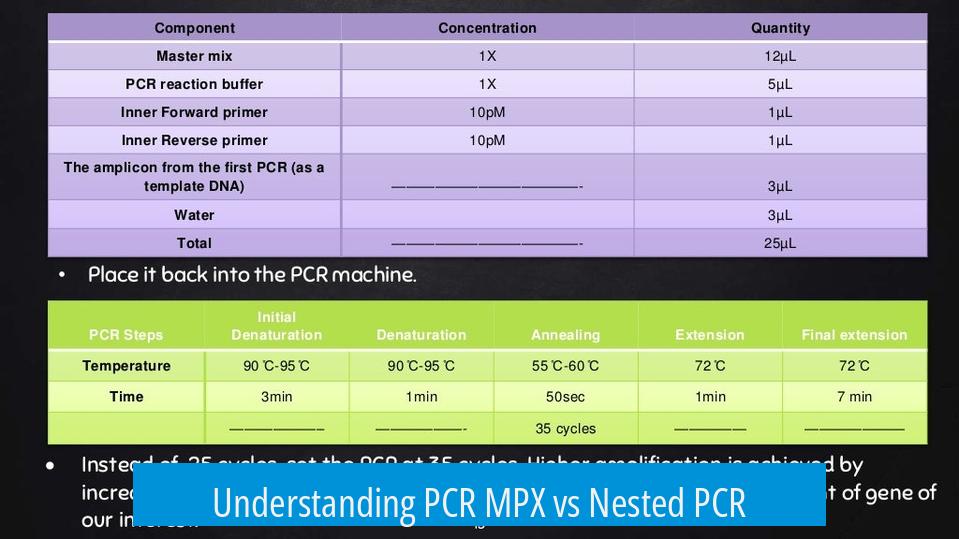
Nested PCR and PCR MPX (Multiplex PCR) serve different purposes in molecular detection. Nested PCR enhances sensitivity and specificity, especially for very low target levels. In contrast, PCR MPX focuses on detecting multiple targets simultaneously in one reaction without default nested steps.
What is Nested PCR?
Nested PCR uses two successive rounds of amplification. The first round employs a set of primers to amplify a broader target region. The product becomes the template for a second PCR with primers located inside the initial target, called internal primers. This approach increases sensitivity by converting few target molecules into millions of copies suitable for detection.
- Highly effective for low abundance targets, such as rare viral particles.
- Improves specificity since internal primers limit non-specific products.
- Reduces false positives common in standard PCR when only one primer set is used.
What is PCR MPX (Multiplex PCR)?
Multiplex PCR uses multiple primer pairs in a single reaction to amplify several targets simultaneously. The Roche PCR MPX kit exemplifies this, allowing testing for multiple viral sequences at once. This method saves time and resources.
- Does not inherently use nested primers.
- Relies on distinct primer pairs each targeting a separate DNA or RNA sequence.
- Efficient for screening many targets quickly.
Key Differences and Practical Considerations
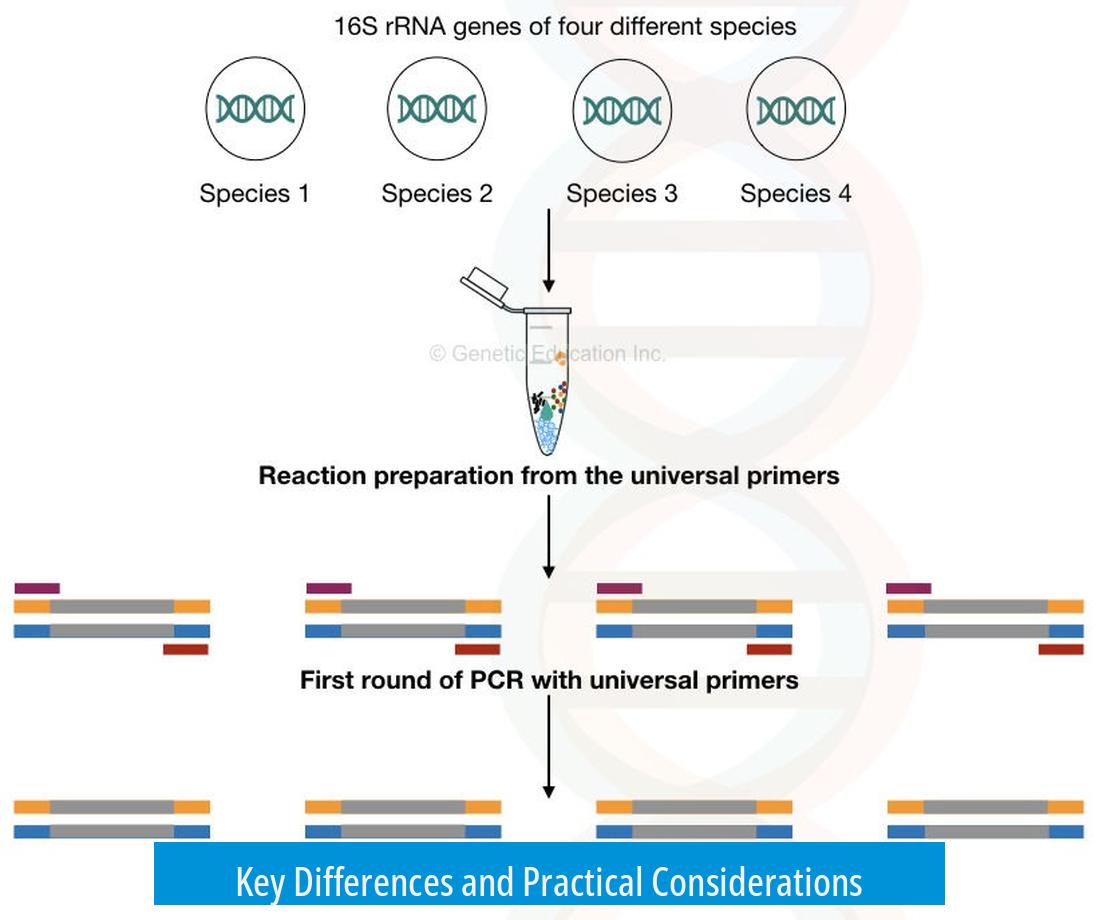
| Aspect | Nested PCR | PCR MPX (Multiplex PCR) |
|---|---|---|
| Purpose | Enhance sensitivity and specificity for rare targets | Simultaneous detection of multiple targets |
| Primer Usage | Two primer sets; second set internal to first | Multiple primer pairs for different targets |
| Sensitivity | High, due to two-step amplification | Moderate, depending on primer design |
| Specificity | Improved by internal primers | Depends on primer design to avoid cross-reactivity |
| Time & Cost | Longer, involves two reactions | Shorter, one reaction for multiple targets |
Using the same primers for both PCR rounds can raise non-specific amplification risk due to excessive cycling and primer overload. Properly designed nested primers reduce this risk and improve detection confidence.
Summary of Key Points
- Nested PCR increases sensitivity and specificity by using two primer sets in sequential reactions.
- PCR MPX tests multiple targets simultaneously with distinct primer pairs but does not employ nested primers by default.
- Nested PCR suits cases with very low target abundance requiring high detection confidence.
- Multiplex PCR optimizes time and costs for screening multiple targets but may sacrifice some sensitivity and specificity.
- Primer design and reaction conditions critically affect specificity and sensitivity in both techniques.
PCR mpx vs Nested PCR: Untangling the PCR Puzzle Like a Pro
If you’ve ever found yourself tangled in the world of PCR techniques, you’re not alone. The nuances between PCR mpx (multiplex PCR) and nested PCR confuse many. So, what’s the **big difference between PCR mpx vs nested PCR?** Nested PCR is all about turbocharging sensitivity and specificity by running two consecutive PCR rounds with carefully chosen primers, while PCR mpx slaps multiple primer pairs into one mix to detect different targets at once—focusing on throughput over sensitivity tweaks.
Let’s break down this DNA drama and see what makes each method shine, warts and all.
Nested PCR: Sensitivity and Specificity Superhero
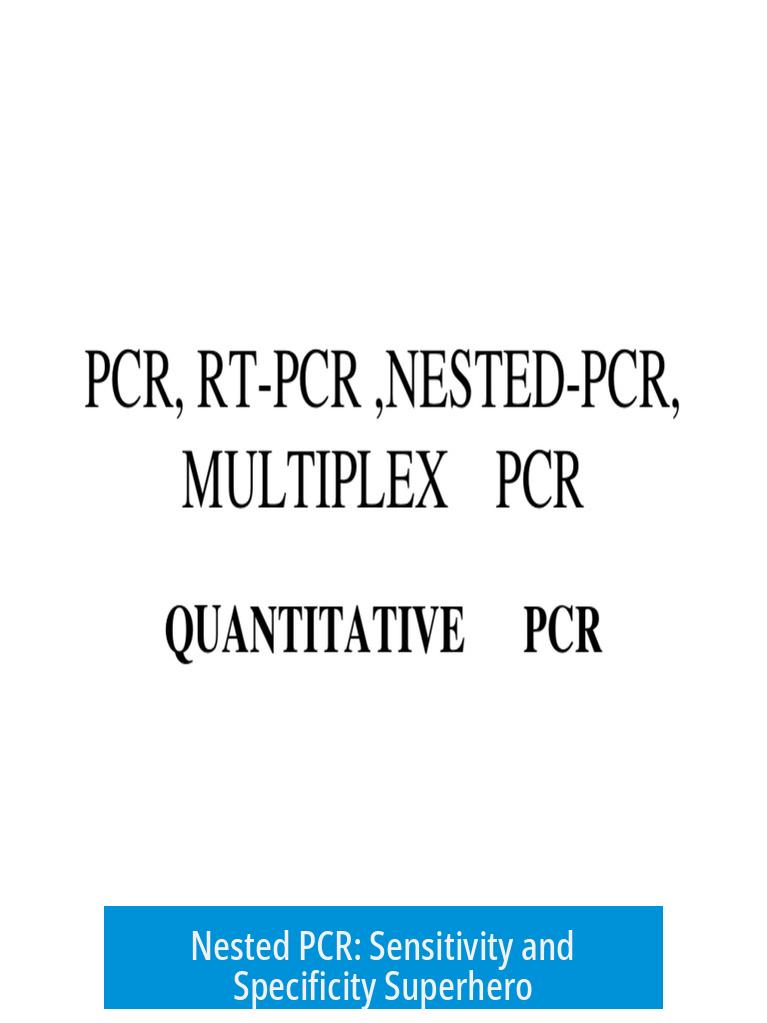
Imagine trying to find a whisper in a rock concert’s noise. Nested PCR does exactly that for rare virus particles or low abundance DNA targets. In a standard single PCR, tiny amounts of target DNA are like elusive whispers—sometimes lost and undetected. Nested PCR enters the scene to rescue you with enhanced sensitivity.
How? By performing two rounds of amplification. First, you run a regular PCR reaction with one set of primers. Those few virus strands? You amplify them to tens or hundreds of copies. Then, you grab that first product and run a second PCR using a different set of primers that sit inside the first set’s target region. This step is crucial—it’s like zooming in on a sub-region to exclude any sloppy, off-target products. The result? Millions or even billions of copies from what started as a faint signal. More copies mean stronger detection.
This internal primer strategy isn’t just about quantity. Nested PCR also boosts specificity. Running two primer pairs back-to-back drastically lowers the chances of amplifying non-target sequences. Why? Because nonspecific bands rarely pass both primer pair checkpoints.
Roche MPX PCR Kit: The Swiss Army Knife of PCR
Now, enter the Roche MPX PCR Kit. This one’s a multitasker. MPX stands for Multiplex, meaning it can test for several viruses or DNA targets in a single PCR reaction. Imagine a party where multiple primers pair up to identify various guests—no need for separate PCR runs.
This is a time and cost saver. Instead of running five different PCR tests, you run one. However, the tradeoff is that the Roche MPX kit does not automatically incorporate nested PCR’s double-layered sensitivity boost. It’s optimized for multiplexing but does not “nest” by default.
Also, a quick primer terminology tip. Terms like “external” and “internal” primers only make sense when you talk about two sets in relation to each other, as in nested PCR. The MPX kit uses multiple primer pairs but not in a nested manner.
Comparing PCR mpx vs Nested PCR: Practical Tips and Insights
Could you add nested PCR principles to your MPX test? Theoretically, yes. But remember, multiplexing already stresses the PCR with multiple primer sets in one mix, increasing risks of primer-dimers and nonspecific bands. In contrast, nested PCR demands two rounds, which for multiplexing can become a logistical beast. Not impossible, but challenging.
Why not just run two rounds of PCR with the same primer set instead of a nested design? You can. It will increase sensitivity. But there’s a catch: specificity suffers. Using identical primers across rounds is like running one marathon as two sprints—it ups the chance of non-specific amplification.
Primer concentration and cycle numbers matter here. Too many cycles or too many primers push the reaction into the non-specific territory. This happens in both methods but can be worse if you re-use primers twice consecutively. Nested PCR avoids this by swapping in a second primer pair waaay inside the first target.
Real Lab Experience: When to Use Which?
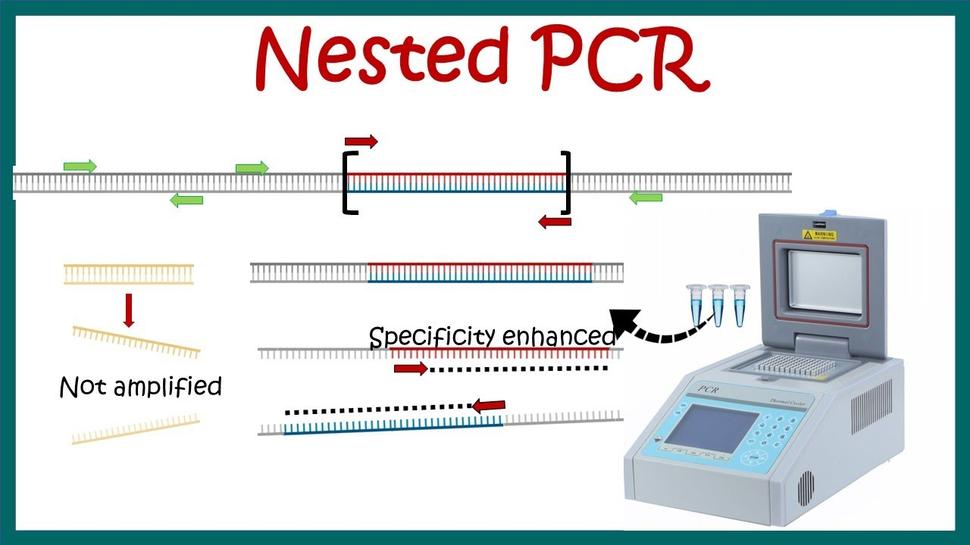
In a diagnostic setting chasing a rare virus in a swamp of background DNA, nested PCR is your ticket. It’s the classic choice when sensitivity and specificity reign supreme.
Conversely, if you want to rapidly screen multiple pathogens from a single patient sample—like an all-you-can-test buffet—multiplex PCR kits like Roche MPX are your friends. Quick, efficient, and cost-effective. But keep nested PCR in your toolkit to confirm tricky cases.
To Nest or Not to Nest? That is the Question.
Ask yourself:
- If my target’s abundance is ultra-low, do I risk missing it with simple multiplex PCR?
- Do I need to screen many targets simultaneously or focus on one with sharp precision?
- Am I prepared for the extra time and resources nested PCR demands?
Your answers will guide your choice.
Summary Table: PCR mpx vs Nested PCR
| Feature | PCR mpx (Multiplex PCR) | Nested PCR |
|---|---|---|
| Primary Goal | Detect multiple targets in one reaction | Increase sensitivity and specificity for low abundance targets |
| Primer Sets | Multiple primer pairs for different targets | Two primer sets targeting nested regions of one target |
| Sensitivity | Moderate; depends on primer design and conditions | High; two rounds amplify rare targets substantially |
| Specificity | Medium; risk of non-specific amplification with many primers | High; secondary primers reduce non-specific products |
| Time & Cost | Efficient; one reaction saves time and reagents | More time and reagents; two rounds required |
| Typical Use | Screening multiple pathogens | Detecting low abundance or rare mutations |
Final Thoughts
Both PCR mpx and nested PCR have their place on your lab bench. Multiplex PCR serves like a Swiss Army knife—broad utility, multiplexing multiple targets in one go. Nested PCR is your secret weapon for difficult, rare targets that need a magnifying glass on the DNA sequence.
Choose wisely. Use the power of nested PCR to catch what others miss. Employ PCR mpx when speed and multitarget detection trump ultra-high sensitivity. Or combine both in creative workflows if the experiment calls for it.
The lesson? PCR is not one-size-fits-all. Knowing the strengths and quirks of each lets you design smarter experiments and get data that truly delivers.
What is the main advantage of nested PCR over standard PCR methods?
Nested PCR boosts sensitivity for detecting very low amounts of target DNA. It uses two sets of primers in two rounds to amplify targets that might be missed in a single PCR. This results in millions or billions of copies detectable on gels or with dyes.
How does the Roche MPX PCR kit differ from nested PCR?
The Roche MPX kit is multiplex PCR. It tests for multiple viruses in one reaction using several primer pairs. It does not use nested primers by default, so it does not perform the two-step internal primer amplification that nested PCR does.
Can the Roche MPX kit be adapted to use nested PCR?
Yes, nested PCR can be incorporated with the MPX kit by adding a second internal primer set and an additional amplification step. However, this is not the standard procedure and requires protocol modification.
Why are two different primer sets used in nested PCR?
Using internal primers in the second PCR round increases specificity. It reduces non-specific bands, unlike running the same primers twice, which can cause false amplification due to excess cycles and primer concentration.
Is it possible to increase sensitivity by running the same primers twice instead of nested primers?
You can repeat PCR with the same primers to raise sensitivity. But using internal nested primers improves specificity and reduces non-specific amplification that commonly occurs with repeated cycles of the same primers.
What causes non-specific amplification in PCR, and how does nested PCR address it?
High primer concentration and many cycles can lead to non-specific bands. Nested PCR reduces this by amplifying only the correct product in the second round using a different primer set inside the first amplicon.


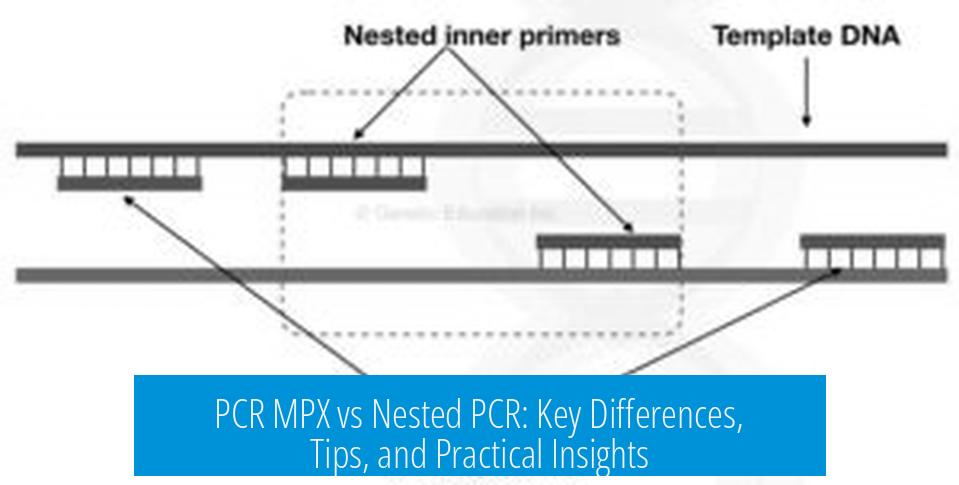


Leave a Comment